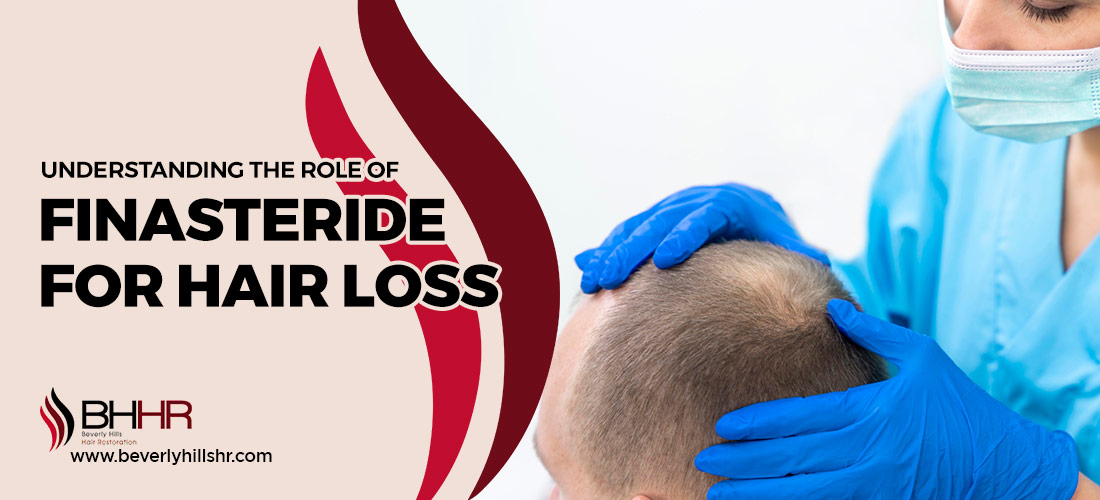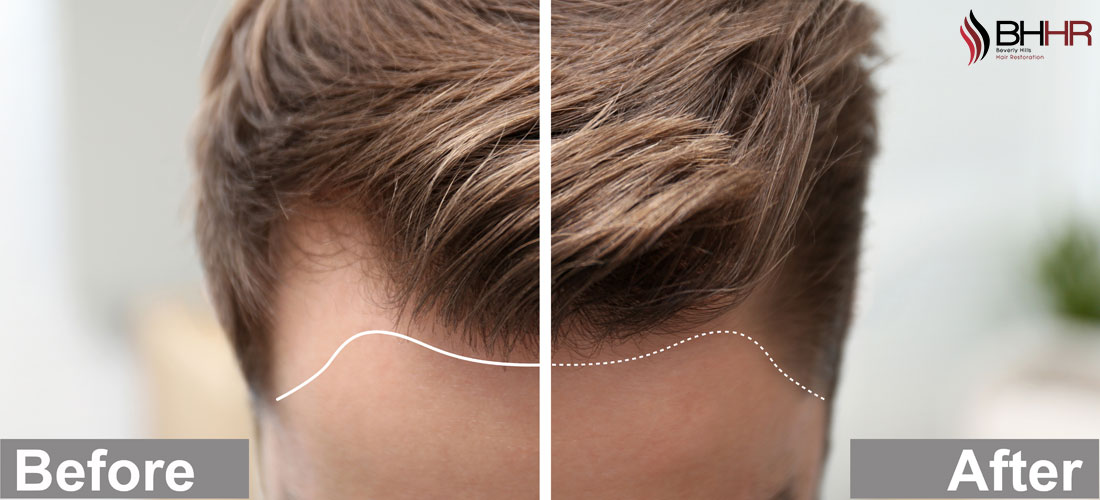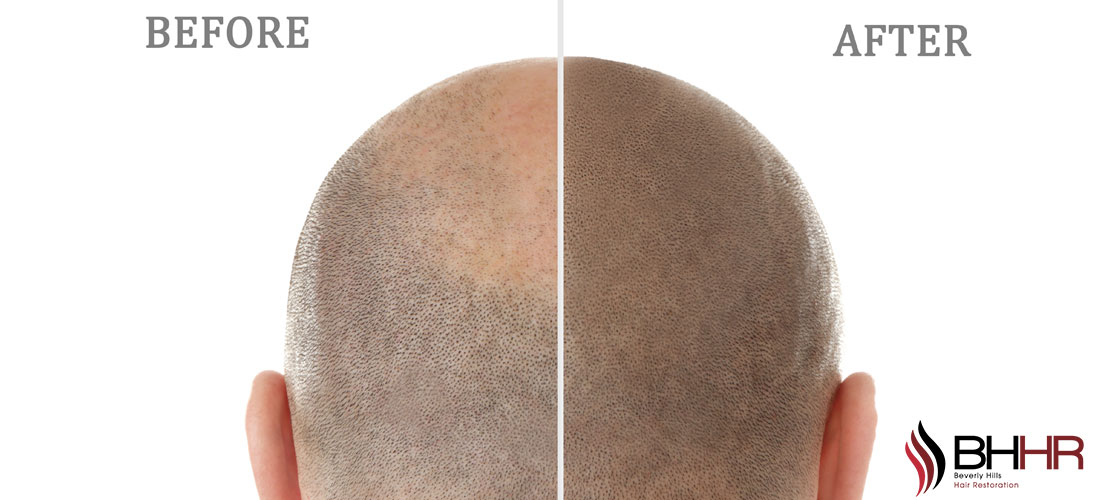How Can You Minimize Hair Transplant Scars Effectively?
Home / Hair Transplant / How Can You Minimize Hair Transplant Scars Effectively?
Updated On : July 09, 2025 | Category : Hair Transplant | Author: Beverly Hills Hair Restoration Team

A hair transplant can restore not just your hairline, but your confidence too. But like any surgery, it’s normal to worry about scars. The good news? Most hair transplant scars are small, well-hidden, and fade over time, especially when the right method and care are used. Whether you’ve already had a transplant or are still exploring your options, learning how scarring works can help you feel more confident. Knowing what to expect also makes recovery easier and less stressful.
In this guide, we’ll explain everything you need to know about hair transplant scars—why they happen, how they heal, and what you can do to keep them minimal. If you're considering treatment at our hair transplant clinic we use techniques designed to reduce scarring and create natural-looking results.
Do Hair Transplants Leave Scars?
Hair transplants are a popular solution for hair loss, but many wonder: does hair transplant leave scars? The answer is yes, but the type and visibility of scars depend on the specific technique used. Traditional strip surgery can leave a linear scar along the donor area, whereas (Follicular Unit Extraction) FUE hair transplant typically results in smaller, dot-like scars that are less noticeable. Both methods are effective, and skilled surgeons minimize scarring for a discreet result. Proper aftercare is crucial to minimizing scarring. While scarring is inevitable, it’s often barely visible, especially with advanced techniques.
What Causes Hair Transplant Scarring?
Scarring after a hair transplant can vary depending on several factors. Understanding these influences can help minimize the risk of visible scars and enhance the outcome of your procedure.
-
Genetics: Your genetic factors influence how your body heals and forms scars, affecting the final appearance of the transplant area.
-
The technique (FUE vs. FUT): The method chosen affects the type and visibility of scarring—FUE typically leaves less visible marks compared to FUT, which often results in linear scars.
-
Surgeon Expertise: A skilled hair transplant surgeon can minimize scarring by carefully placing grafts and using advanced techniques.
-
Scalp Health: A healthy scalp before surgery ensures faster healing and less noticeable scarring.
How to Prevent Scarring After a Hair Transplant?
Preventing scarring after a hair transplant involves several crucial steps that can significantly reduce the visibility of scars and promote a smooth healing process. Here are some key actions to take:
-
Choose the right technique: FUE generally results in less noticeable scars compared to FUT hair transplant.
-
Follow aftercare instructions: Gently clean the scalp, avoid sun exposure, and follow your surgeon's specific guidelines.
-
Avoid physical irritation: Don't scratch or rub the transplant area, as this could worsen scarring.
-
Proper nutrition and hydration: Maintaining a healthy diet and staying hydrated speeds up the healing process.
-
Limit sun exposure: Protect the scalp from UV rays, as they can cause scars to darken and become more noticeable.
Following these steps will ensure smoother recovery with less noticeable scars, boosting your confidence post-surgery.
FUT vs. FUE Scarring: What’s the Difference?
Here’s a quick comparison to help you understand how FUT and FUE differ when it comes to scarring:
|
Technique |
Type of Scar |
Visibility |
Recovery |
|
FUT |
Linear scar across the donor area |
More visible with short hair |
Longer healing (10–14 days) |
|
FUE |
Small dot-like scars from each graft |
Less visible, blends with short styles |
Quicker recovery (7–10 days) |
How Long Does It Take for Hair Transplant Scars to Heal?
Minimizing scarring of hair transplants requires pre-surgical preparation and vigilant post-surgical care. Adhering to the proper practices can, in large part, prevent scarring and ensure a smooth and successful recovery.
Healing Timeline:
-
Early Healing: Redness, swelling, and slight scabbing usually resolve within a week.
-
1 to 3 Months: Most visible signs of scarring will fade, but some minor redness or dot-like marks may still be noticeable.
-
6 to 12 Months: Scars will continue to soften, becoming less visible, with final results appearing by the end of the first year.
Factors Affecting Healing:
-
Skin Type: Individuals with darker skin tones might notice more noticeable scarring; however, this can be minimized with proper care.
-
Technique: FUE generally heals faster and leaves less noticeable scars compared to FUT.
-
Aftercare: Following your surgeon's aftercare instructions, such as avoiding sun exposure and gently washing the area, will help ensure faster healing and reduced scarring.
Final Thoughts: Achieving a Confident and Scar-Free Look
Achieving a fuller, more natural hairline from hair restoration is an important step toward rebuilding your confidence. While scarring is a natural part of the healing process, understanding what to expect and following proper aftercare can greatly minimize its appearance. At Beverly Hills Hair Restoration, we prioritise delivering exceptional results with minimal scarring by utilising the latest techniques and ensuring personalised care throughout your recovery. Whether you choose FUE or FUT, our hair transplant specialist is here to guide you through every stage, from the initial procedure to the final results. With careful attention to post-surgery care and a tailored treatment plan, you can achieve a confident, scar-free look and enjoy the lasting benefits of your hair restoration journey.
Discover advanced, scar-minimizing hair restoration solutions tailored just for you. Call us today at 310.289.0901 to book your free consultation to take the first step toward natural-looking results.
Common Questions Asked About Hair Transplant Scars
What’s the Best Method for Minimizing Hair Transplant Scars?
FUE (Follicular Unit Extraction) is an ideal technique for minimizing hair transplant scars. It leaves tiny, dot-like scars that are less visible. A skilled surgeon and proper aftercare are crucial in reducing scarring, resulting in a smoother, more natural-looking outcome with minimal visibility.
Can You Get a Hair Transplant Without Scarring?
While scarring is inevitable, FUE minimizes it by creating small, dispersed scars that are hard to notice. Choosing an experienced surgeon and following aftercare instructions will help ensure that scars remain subtle and blend well with the surrounding hair.
Are Hair Transplant Scars Permanent?
Hair transplant scars are permanent, but their visibility fades over time. With techniques like FUE, the scars are small and discreet. Proper post-surgery care and healing help blend the scars with your scalp, making them less noticeable as your hair grows.
Can Hair Grow Over Hair Transplant Scars?
Yes, hair can grow over hair transplant scars, especially with the FUE method. The transplanted hair follicles grow naturally over the scarred areas, effectively covering the scars. The hair’s growth and the right aftercare contribute to making the scars less visible over time.
Can Scalp Micropigmentation Be Done Over Hair Transplant Scars?
Scalp Micropigmentation (SMP) is an effective solution for covering hair transplant scars. This non-invasive procedure uses pigment to camouflage scars, creating the appearance of fuller hair and blending the scars seamlessly with the natural hair, making them less noticeable.



